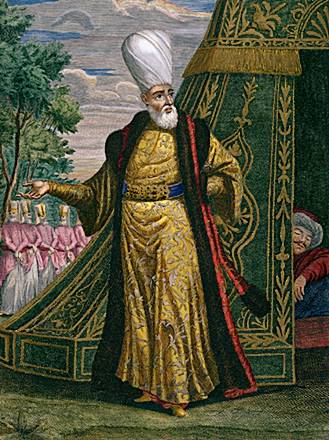|
Siege Of Azov (1637–1642)
The siege of Azov, in Russian historiography known as Azov sitting () or Azov crisis () was a series of conflicts over control of Azov fortress between Don–Zaporozhian Cossacks and Ottoman–Crimean– Nogai forces from 21 April 1637 to 30 April 1642. Prelude 4,000 Zaporozhian Cossacks and 3,000 Don Cossacks unexpectedly met each other as they were moving through Crimean and Nogai steppes. Zaporozhian leader Pavlo Pavliuk and Don leader Mikhail Tatarinov decided to change their respective plans, instead planning a joint campaign on the Ottoman fortress of Azov. They viewed this as a brilliant idea where they could get plenty of loot and possession of their own city. Campaigns Capture of Azov 1637 On April 21, Cossacks besieged the Azov fortress. The fortress was defended by 4,000 Ottoman Janissaries who had 200 guns at their disposal. Janissaries attempted to deter the Cossacks by firing at them, the Cossacks dug under the city and placed explosives under the city ... [...More Info...] [...Related Items...] OR: [Wikipedia] [Google] [Baidu] |
Cossack Raids
The Cossack raids largely developed as a reaction to the Crimean–Nogai slave raids in Eastern Europe, which began in 1441 and lasted until 1774. From onwards, the Cossacks (the Zaporozhian Cossacks of southern Ukraine and the Don Cossacks of southern Russia) conducted regular military offensives into the lands of the Crimean Khanate, the Nogai Horde, and the Ottoman Empire, where they would free History of slavery in the Muslim world, enslaved Christians before returning home with a significant amount of plunder and Slavery in medieval Europe, Muslim slaves. Though difficult to calculate, the level of devastation caused by the Cossack raids is roughly estimated to have been on par with that of the Crimean–Nogai slave raids. According to History of Ruthenians, Cossack raids during Sirko's Campaigns, Sirko's era were a hundred times more devastating than Crimean–Nogai raids. Background The first raid of the Zaporozhian Cossacks was recorded on 1 August, 1492, which was an ... [...More Info...] [...Related Items...] OR: [Wikipedia] [Google] [Baidu] |
Janissaries
A janissary (, , ) was a member of the elite infantry units that formed the Ottoman sultan's household troops. They were the first modern standing army, and perhaps the first infantry force in the world to be equipped with firearms, adopted during the reign of Murad II (r. 1421–1444, 1446–1451). The corps was established under either Orhan or Murad I, and dismantled by Mahmud II in 1826. Janissaries began as elite corps made up through the '' devşirme'' system of child levy enslavement, by which indigenous European Christian boys, chiefly from the Balkans, were taken, levied, subjected to forced circumcision and forced conversion to Islam, and incorporated into the Ottoman army. They became famed for internal cohesion cemented by strict discipline and order. Unlike typical slaves, they were paid regular salaries. Forbidden to marry before the age of 40 or engage in trade, their complete loyalty to the Ottoman sultan was expected. By the 17th century, due to a drama ... [...More Info...] [...Related Items...] OR: [Wikipedia] [Google] [Baidu] |
